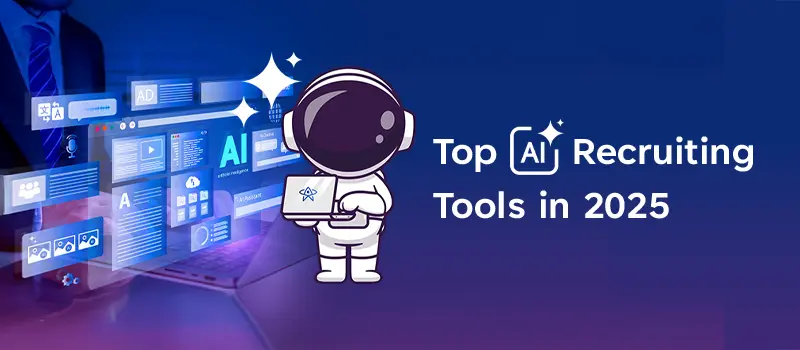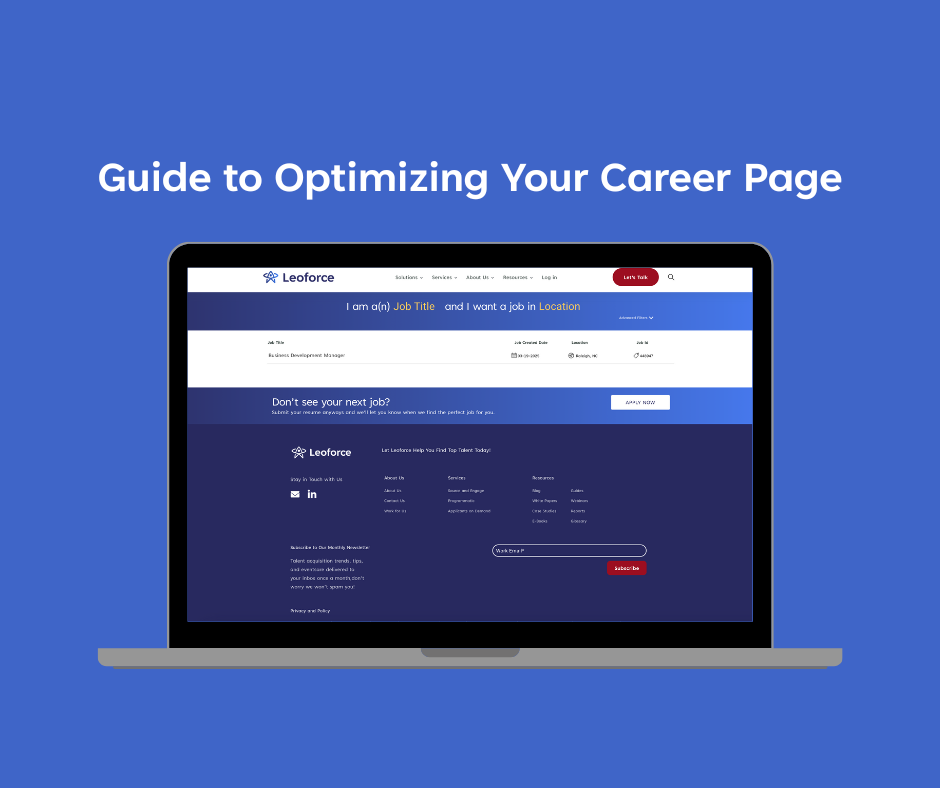How to write job descriptions that attract candidates

Diane Domeye, executive director of The Creative Group, has a compelling argument for putting in the time to write a good job description:
“A well-written job description can mean the difference between a trickle or a flurry of qualified applicants. Conversely, a poorly written job description can significantly expand the number of unqualified applicants. Writing a good job description requires an ability to prioritize essential skills and qualities while also ‘selling’ your company to job seekers.”
Now you know why you should prioritize writing attractive, effective job descriptions. Read on to learn how to do it.
Get insights from internal teams
Know what the job entails before writing the description. This step might include speaking with or interviewing people in similar positions within your organization to get a feel for their routine. Talk to the people the candidate would report to, so you can understand what their expectations are.
Don’t limit the description to what the job looks like now. Everything (people, businesses, jobs, etc.) evolves with time, so you should also consider what the job may entail in the future. This will help you craft a description that not only excites a prospect about the immediate possibilities but also encourages them regarding the potential for future growth.
Frontload the most critical information
Frontloading is a writing technique in which you provide the most important “big picture” information first and follow it with additional specifics.
In the case of job listings, the job title and subheading (or first paragraph) are your way of frontloading the information that job seekers care about most. When they see what they’re looking for right off the bat, they’ll go on to investigate the finer details.
What do they want to see, you ask? According to a LinkedIn study of 450 job hunters, the top three job particulars they wanted to see were:
- Compensation
- Qualifications
- Job details (hours, location, specific duties, etc.)
Further down the list were things like performance goals, company culture, company mission, career growth, and company details. These elements do in fact matter, but more important information like qualifications and job details should come first.
Keep it simple
OnGig CEO Ron Kelly says, “Since your job descriptions are usually the foundation for your job postings/ads, you want them written like ad copy…not a legal contract.”
The average American adult reads at a seventh or eighth-grade level. So, if you write dense job descriptions with jargon, you’ll lose their attention. Keep things simple and straightforward without “dumbing down,” which can come across as insulting.
Be succinct
Along the lines of keeping it simple, descriptions should be as short as possible while still including all the important details. After all, the average adult’s attention span is eight seconds! That’s how long you have to get (and retain) someone’s attention.
Candidates should be able to locate the most essential information quickly, which is where frontloading comes into play. Get to the point and keep your sentences and paragraphs short. Don’t include a long list of qualifications that any one human being could possibly have.
Get personal
As humans, we’re inherently self-centered beings. As such, job seekers are more interested in what you can do for them – not what you want them to do. Highlight compensation, benefits, and growth opportunities.
Try to write your job descriptions in the first or second person (i.e., “you” and “we”) rather than the third person, which can sound impersonal. For example, try to say things like, “Your responsibilities will include” instead of “The successful candidate will…”
Stay professional
Don’t force your description to come off as jazzy, creative, or cute. Not everyone is receptive to pandering like “We’re looking for a programming ninja” or “Are you a sales rock star?” To avoid turning away candidates, stay professional.
Respectful, professional language is free from all inherent biases. Your job listings should never discourage people from applying because they feel they wouldn’t be welcomed due to their race, gender, age, neurodiversity, etc.
Frequently asked questions
Who is responsible for writing a job description?
This question doesn’t have one right answer, as it largely depends on the size of the company. If you’re an HR Manager for a business with 30 employees, for instance, you might take on this responsibility.
At a startup, the person who will supervise the new hire may be the one to write the description. Larger organizations likely have a recruitment team that handles a task like this.
How do you write a powerful job description?
Powerful job descriptions are clear, realistic, simple, respectful, and professional. They engage the jobseeker without resorting to gimmicky language.
A description should grab the reader’s attention quickly by placing the most important information first, highlighting what the company can do for them to encourage them to read further.
What should you avoid when writing a job description?
- Don’t make your job titles or descriptions too long
- Don’t get cute with your job titles or descriptions; stay professional
- Don’t focus on your company; focus on the applicant
- Don’t use unnecessary jargon or inflated language
- Don’t write job descriptions in the third person
- Don’t leave typos in your postings
- Don’t leave out benefits and salary information
- Don’t forget to check for and eliminate all inherent age, race, gender, or any other type of bias in your job descriptions
What’s the most important part of a job description?
Arguably, the most important part is the subheading (or first paragraph) to the job title since it serves as the first impression for your company and the job itself.
Is it clear and compelling? Does it contain all pertinent information like job title, pay range, and hours or shifts? If not, candidates may pass it on.
Want to find the best candidates?
It may be difficult to find candidates who match the specific skill sets and abilities that your company requires. You can tackle this challenge with Leoforce Quantum, an AI recruiting tool that can be easily integrated into your existing ATS or VMS. You’ll find qualified candidates faster while simplifying the recruiting process.
This technology also allows you to communicate with potential candidates via text, email, and chatbot, all in one consolidated chat board. You can communicate the skills you want from an employee and answer any questions that candidates may have.
Leoforce empowers you to achieve your recruitment goals, ensuring that your hiring process puts you in a position to find the right people every time.





